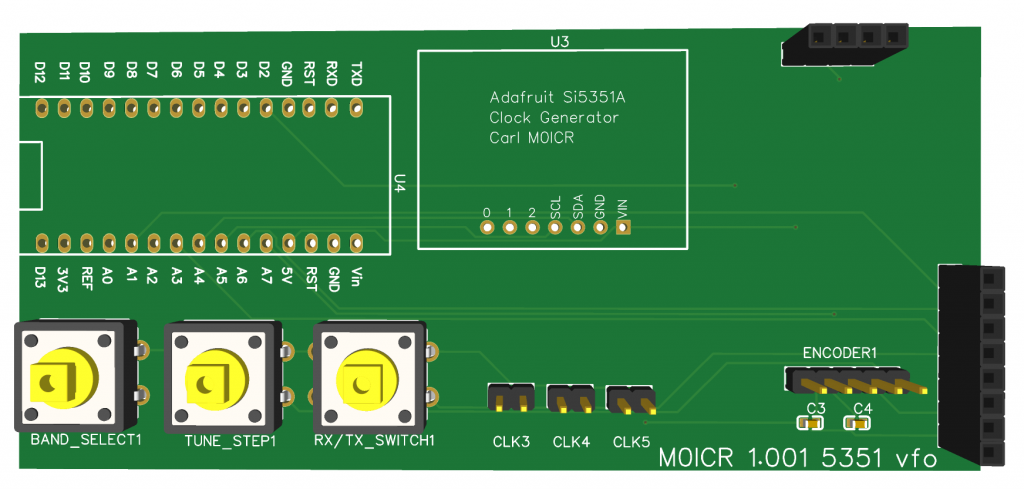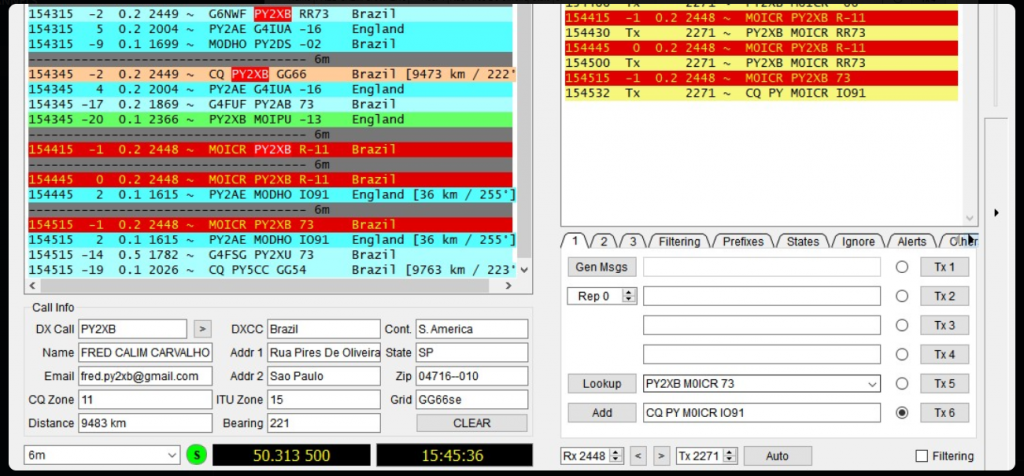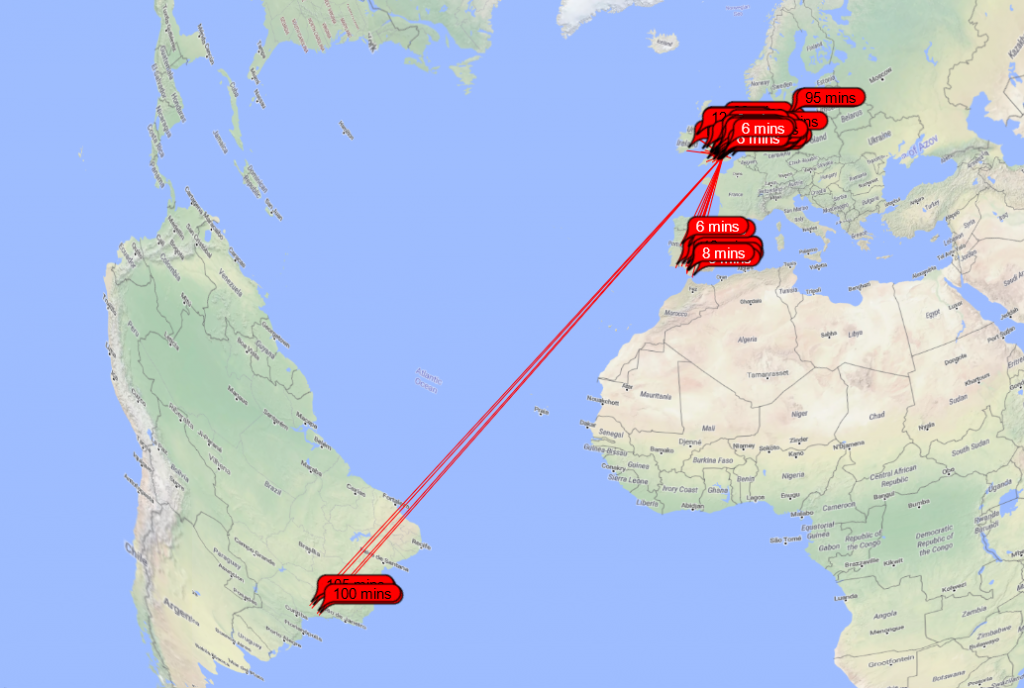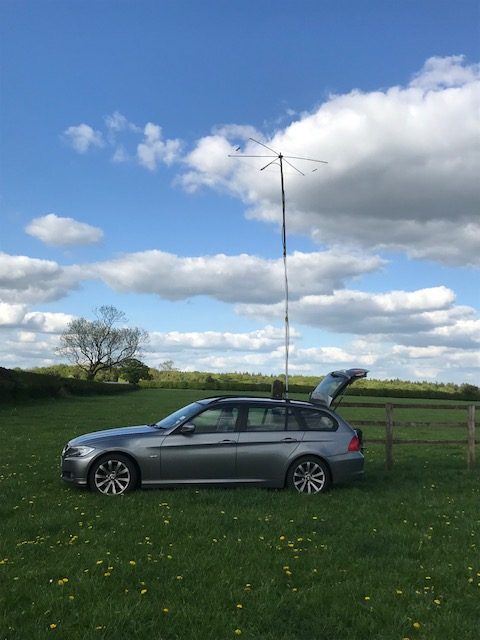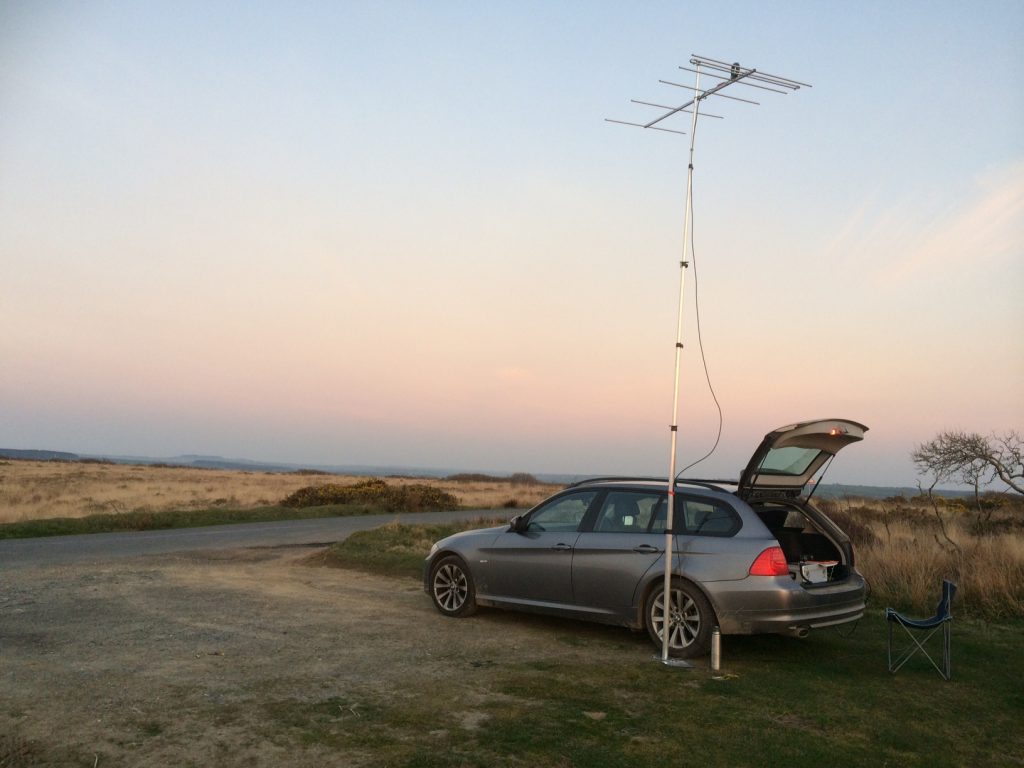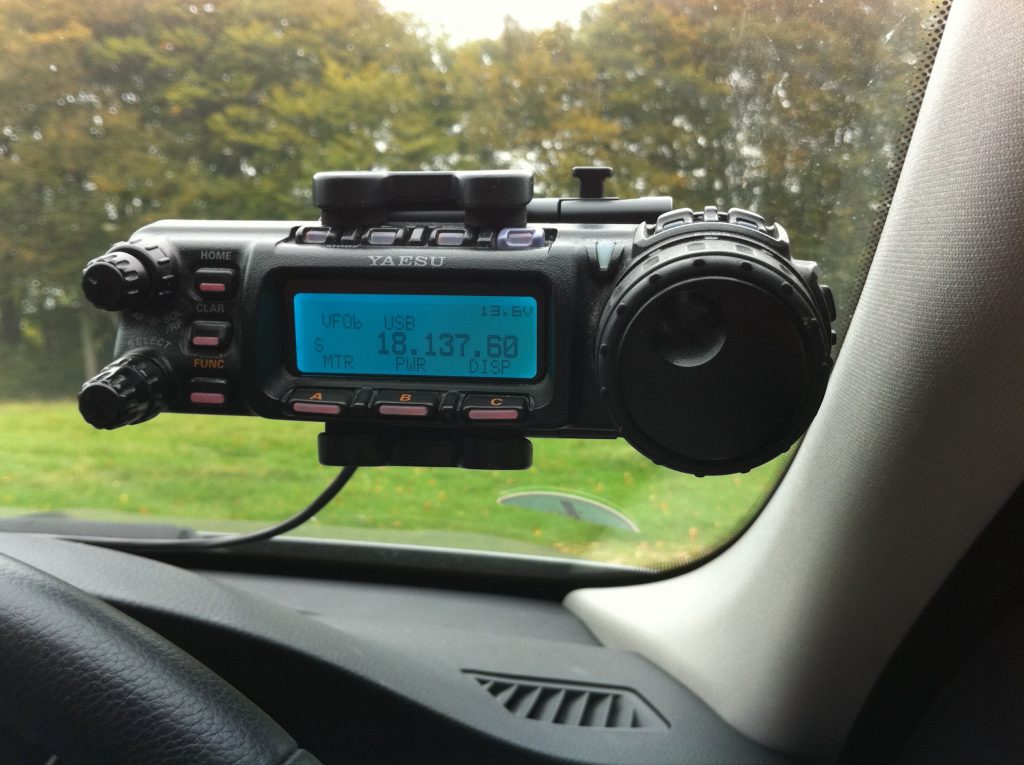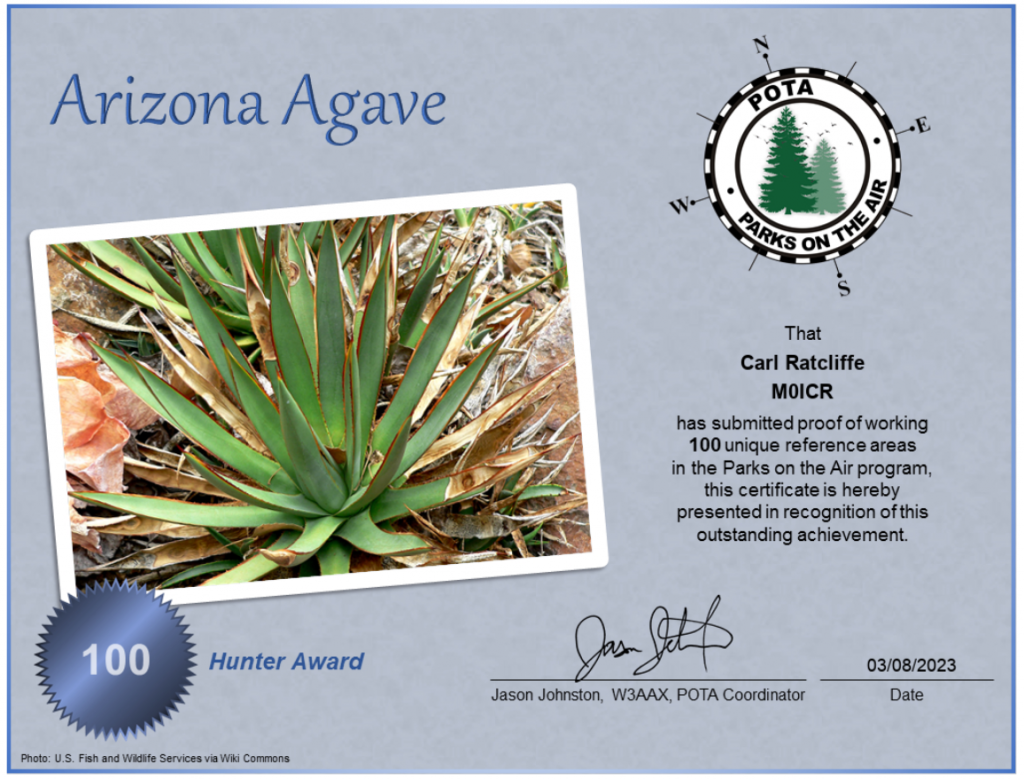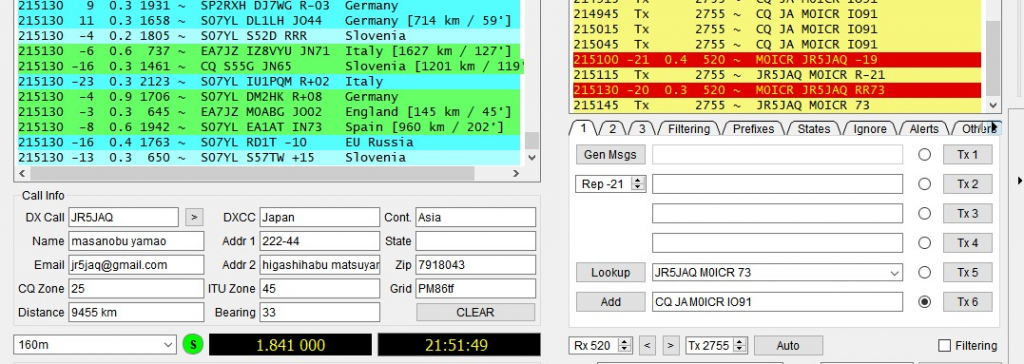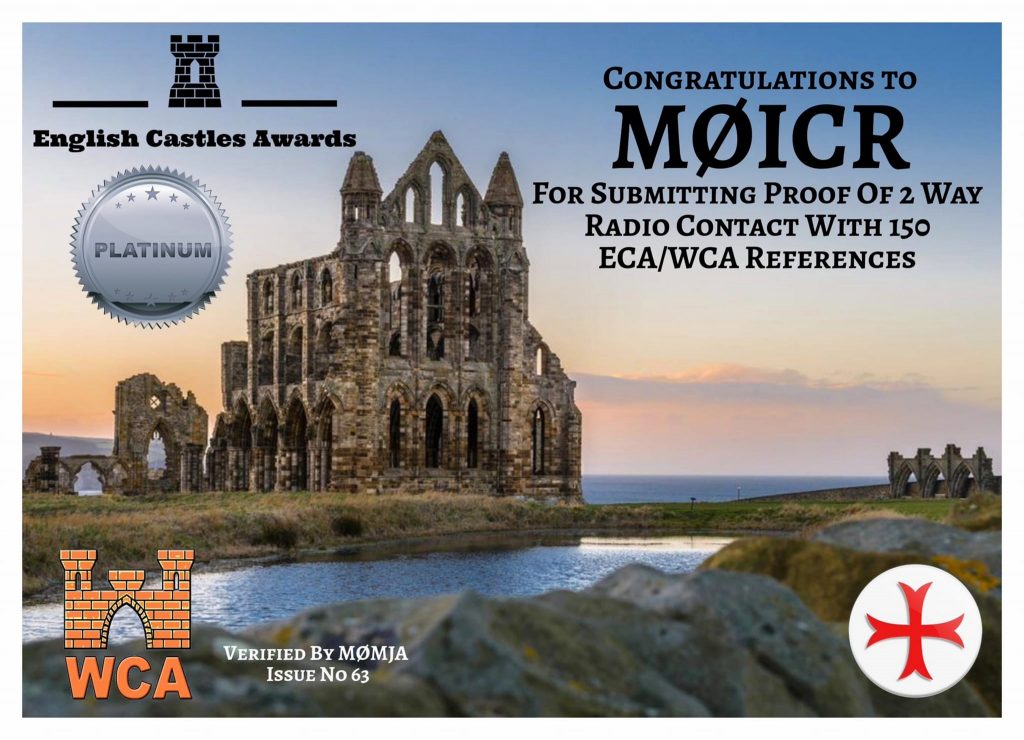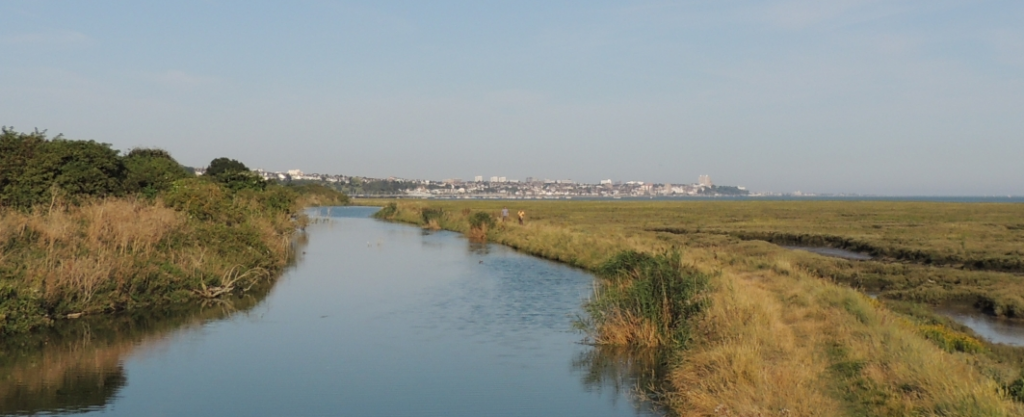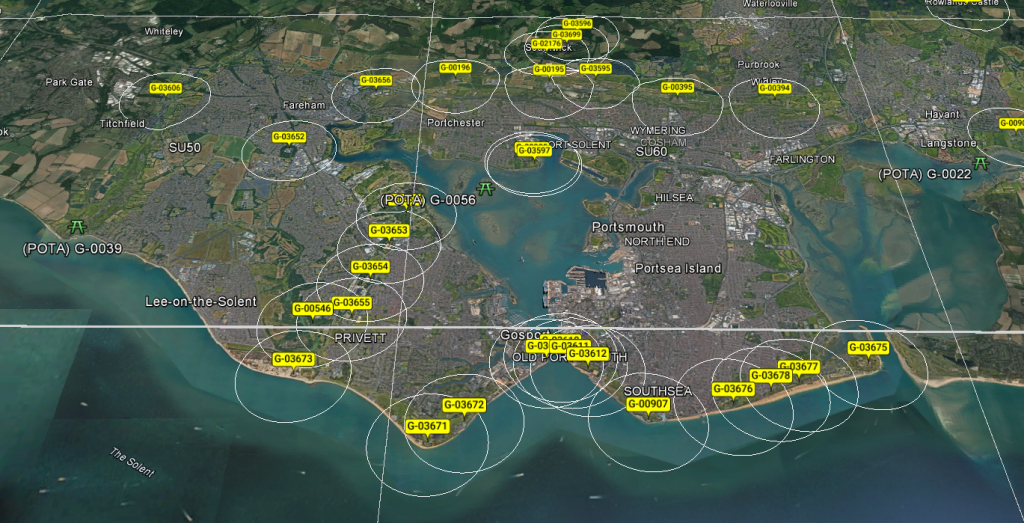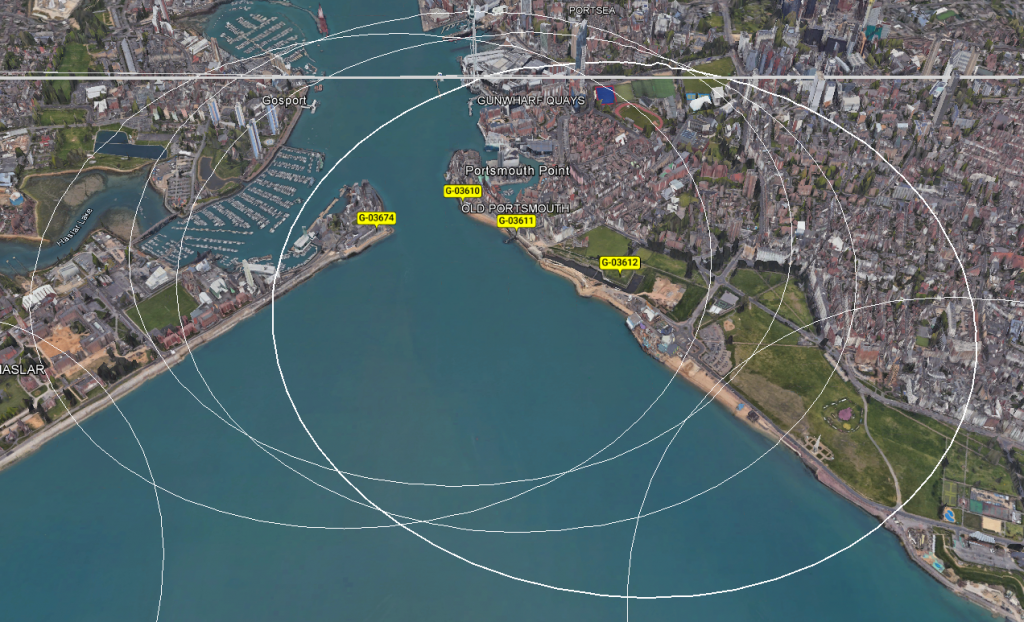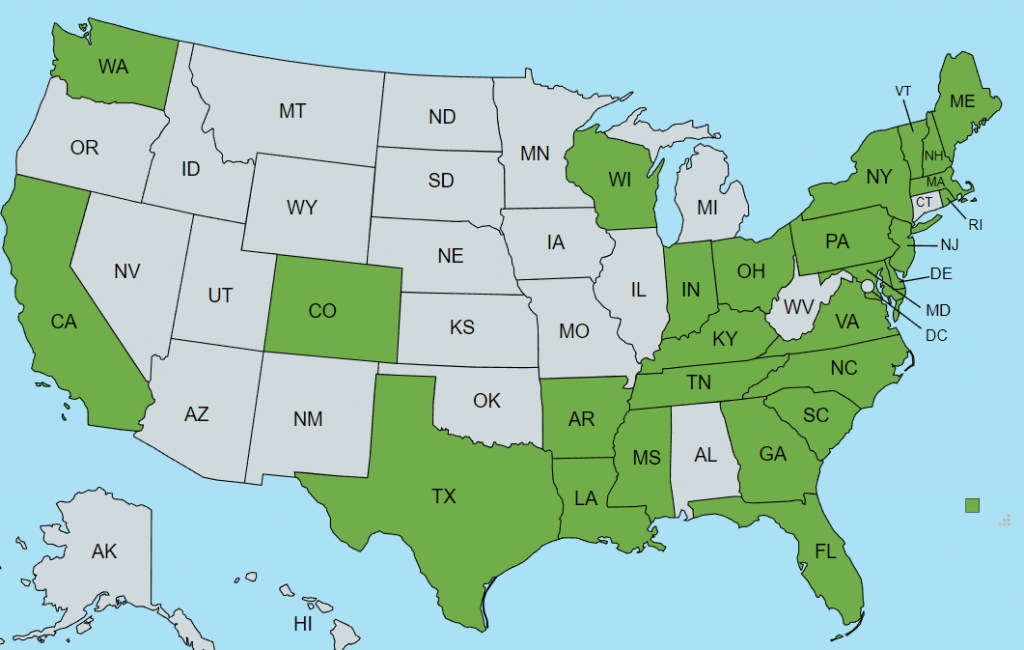The HF bands have been pretty dire so I thought I’d fire up the old FT991 and see if I could get anywhere with Yaesu System Fusion, I’ve tried before with only limited sucess. The limitation was that whilst I could seem to work folks on the local repeater using CTFM I couldn’t manage to connect to the WIRES-X network. Apart from this my only other success on CTFM was a direct QSO with my old friend Dave G8LZE, who is new very sadly SK, Dave lived less than 1Km from my QTH.
Pulling my hair out with frustration unable to connect to WIRES-X I resorted to a google search. Very quikcly I found a helpful YouTube video by Jonathan Creaser, M0XXJ. According to Jonathan’s advice the Squelch (SQL) on the FT991 needs to be set at ’20’, don’t ask me why!
Still learning the ropes but good to have digital QSO with New Aealand and USA today.
I’ve loaded up a few node ID onto the 991 including: CQ-UK, Southern Fusion, NWFG and Z-AUCKLANDLINK.


